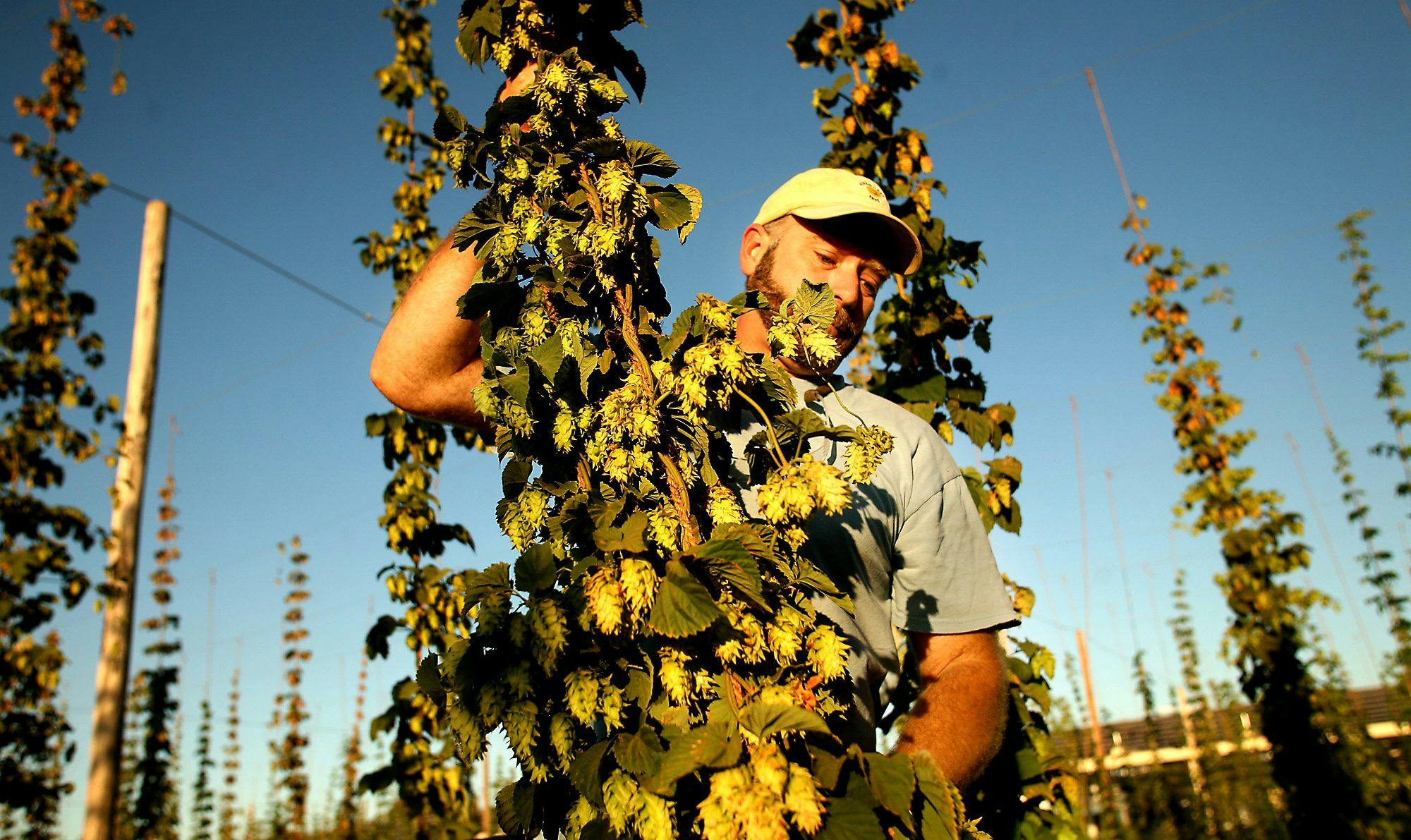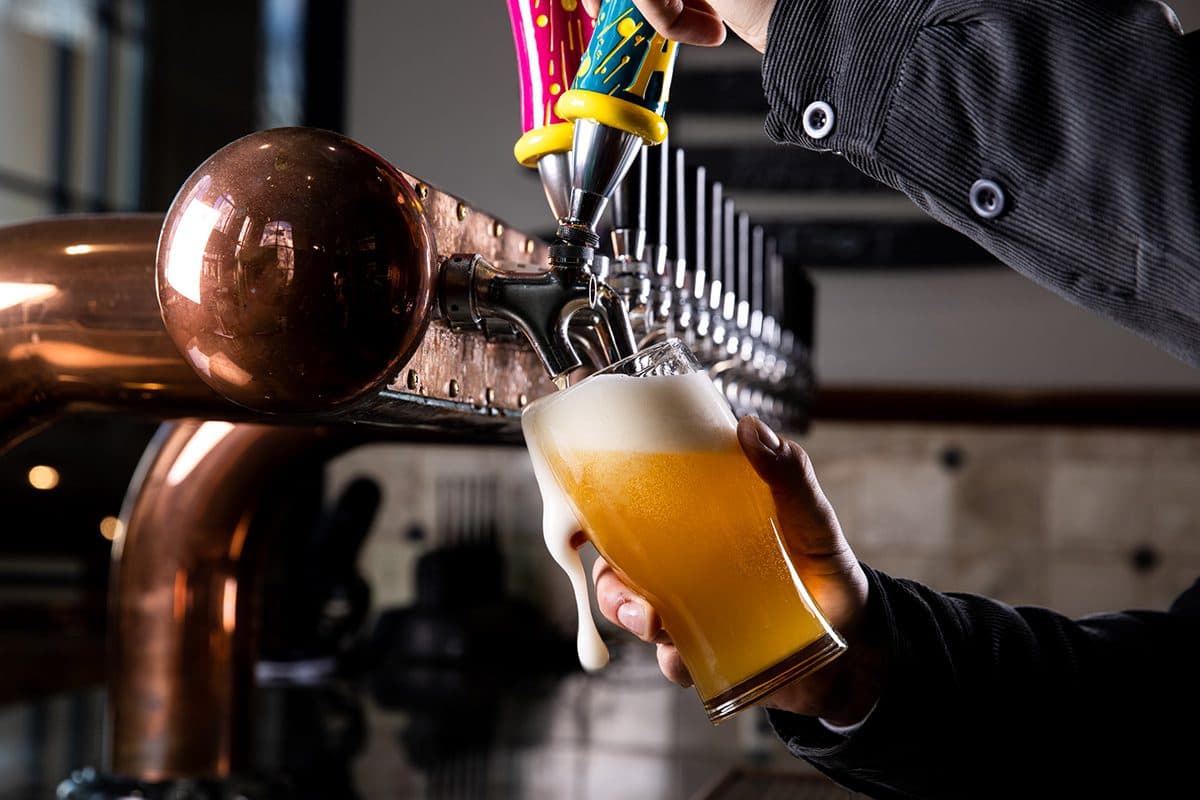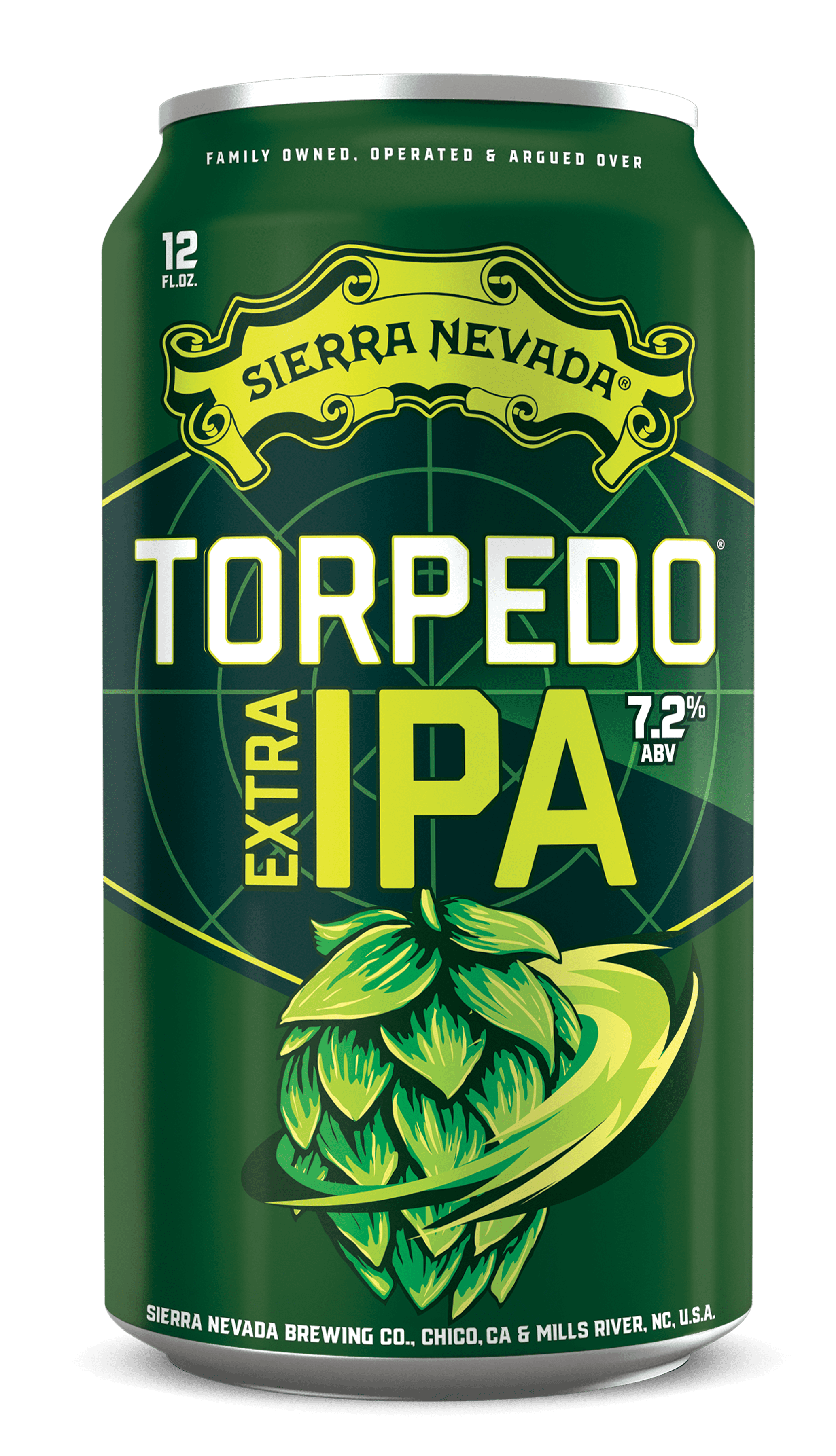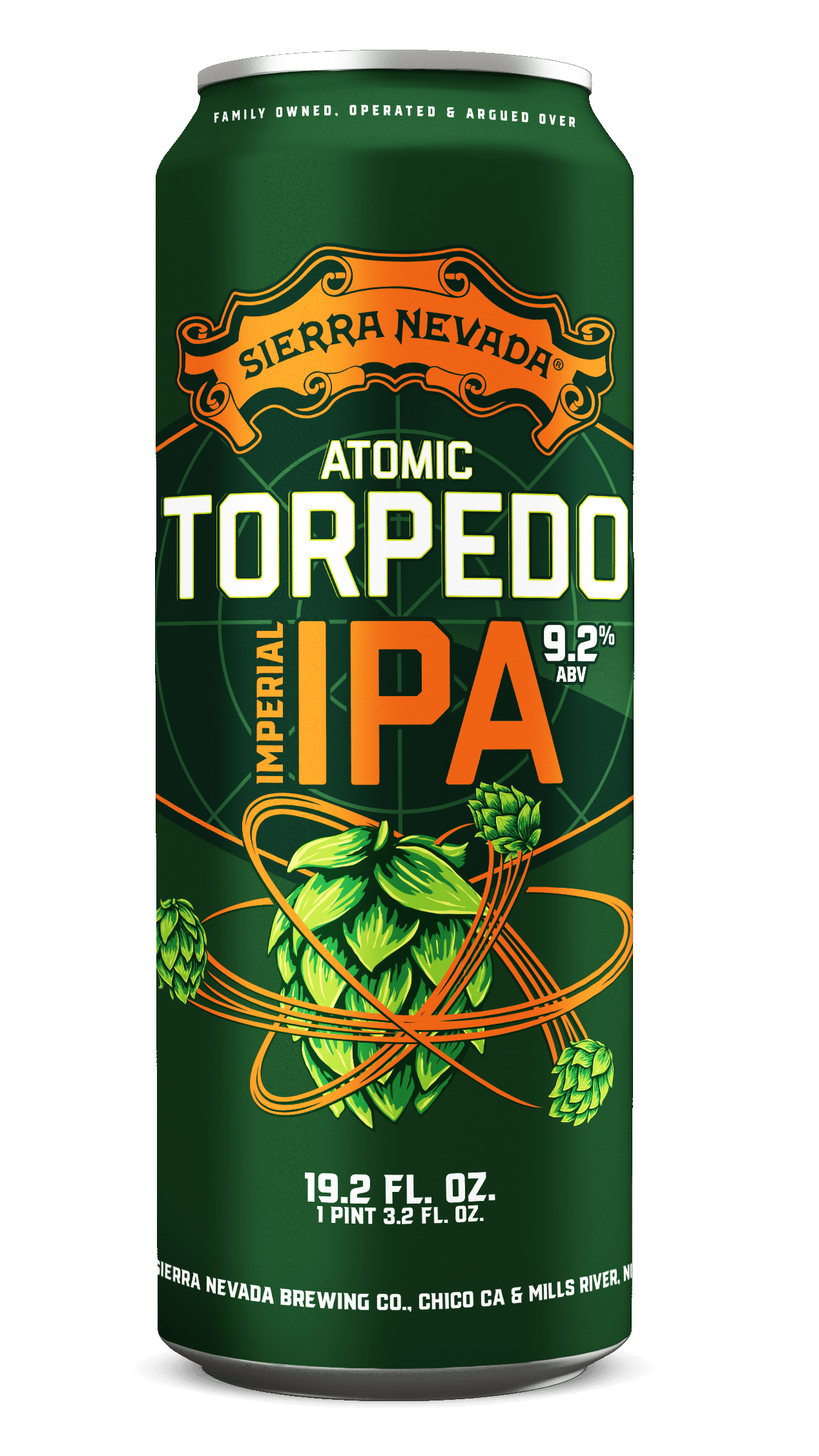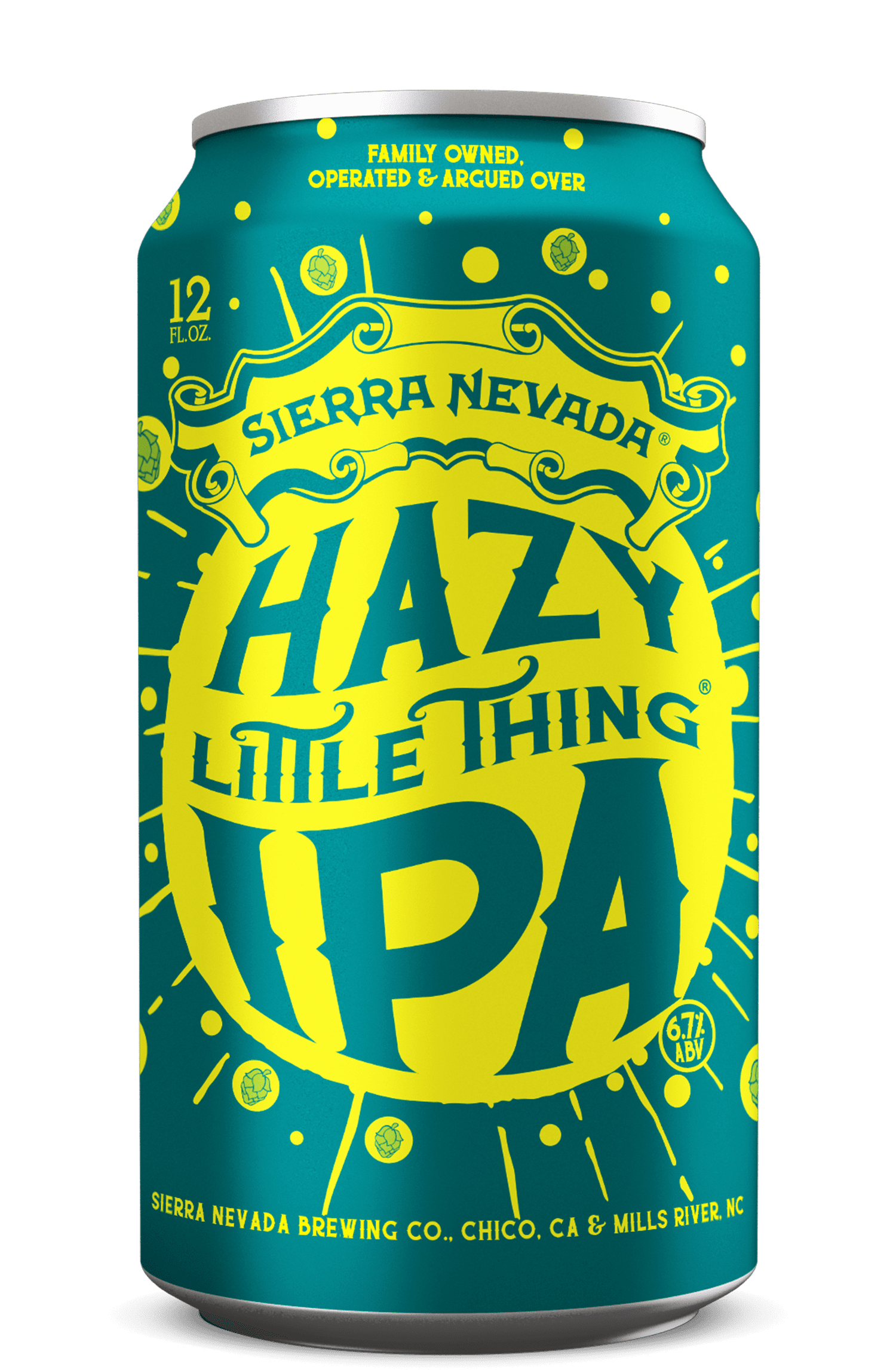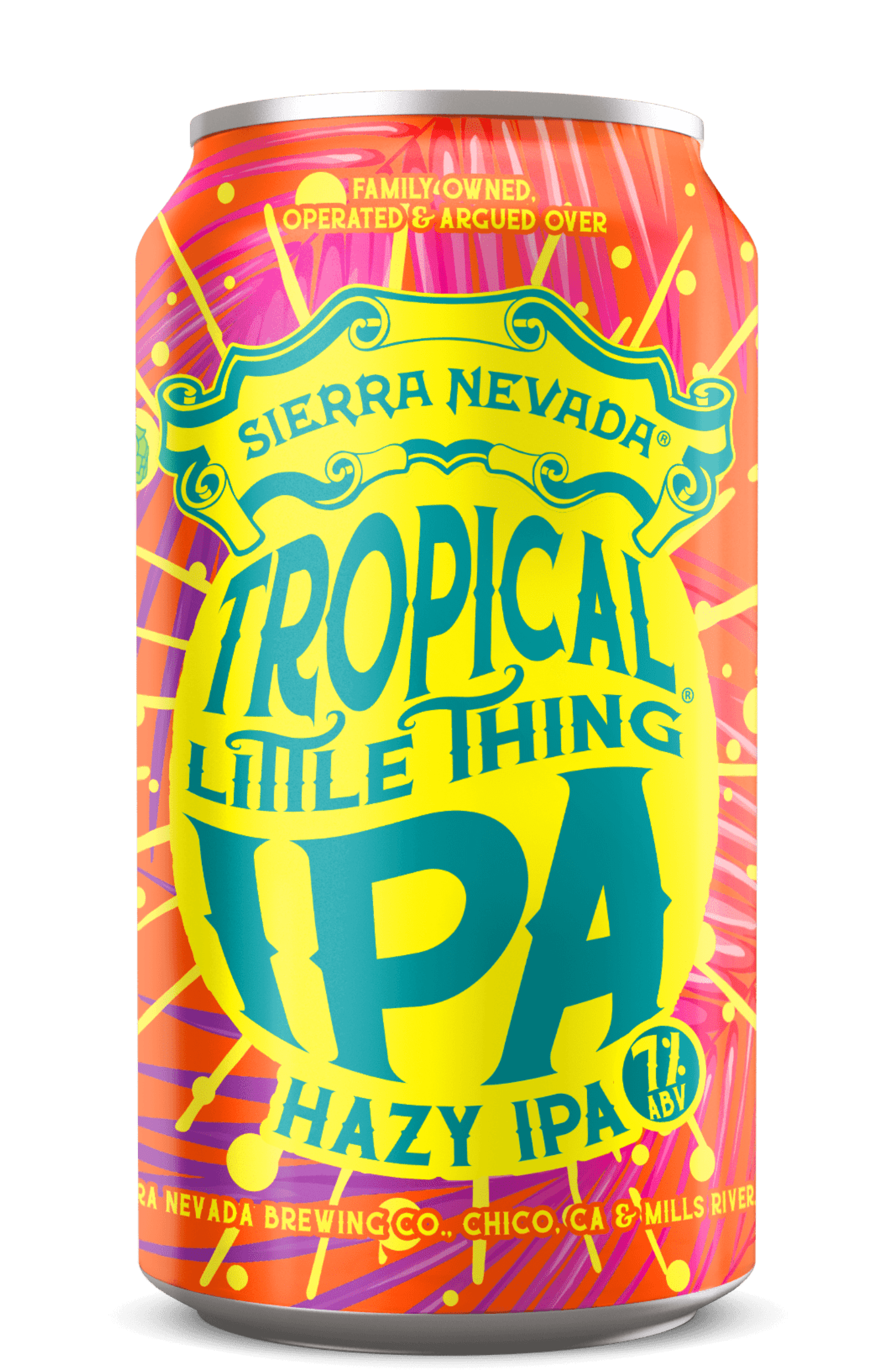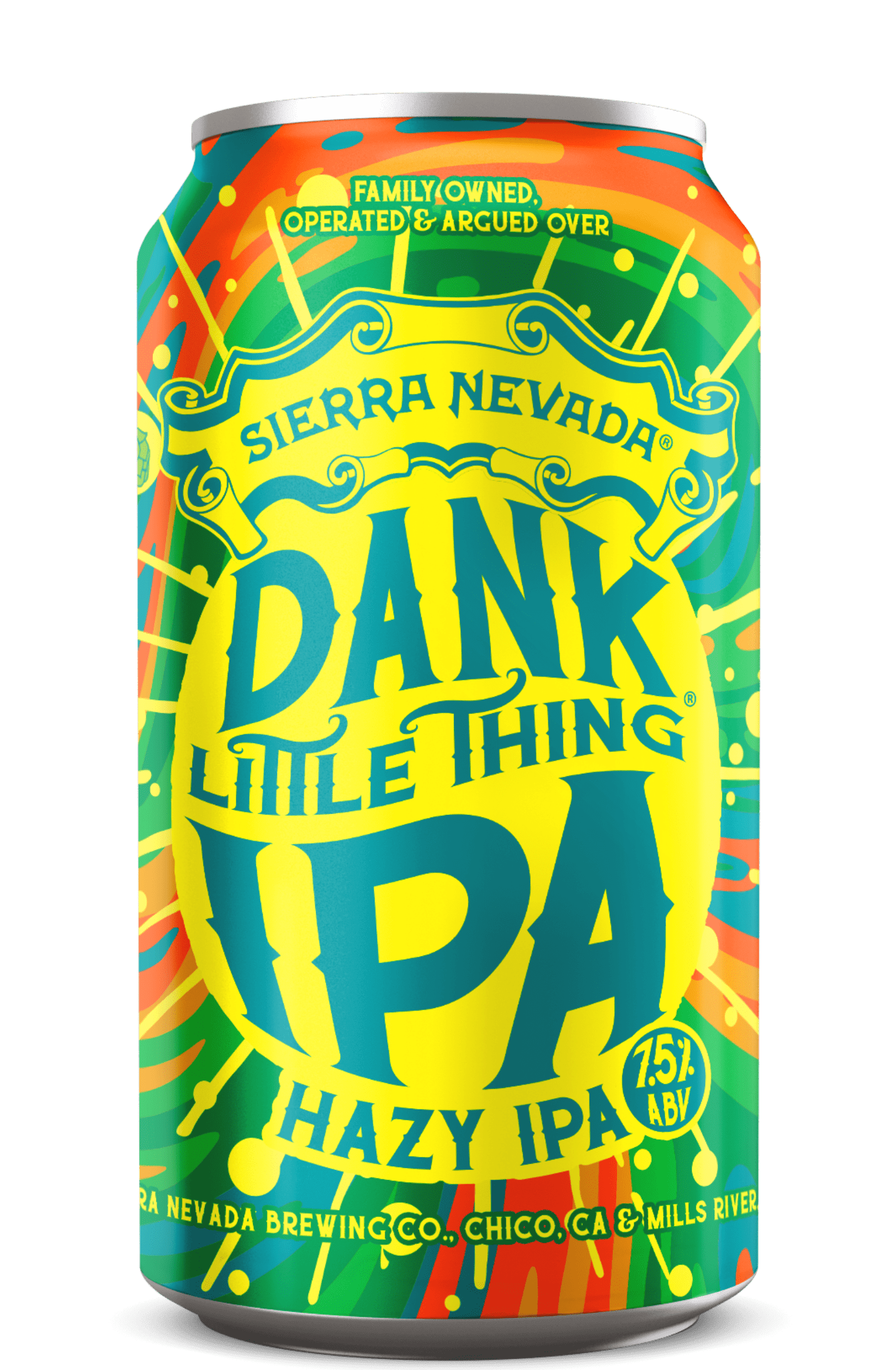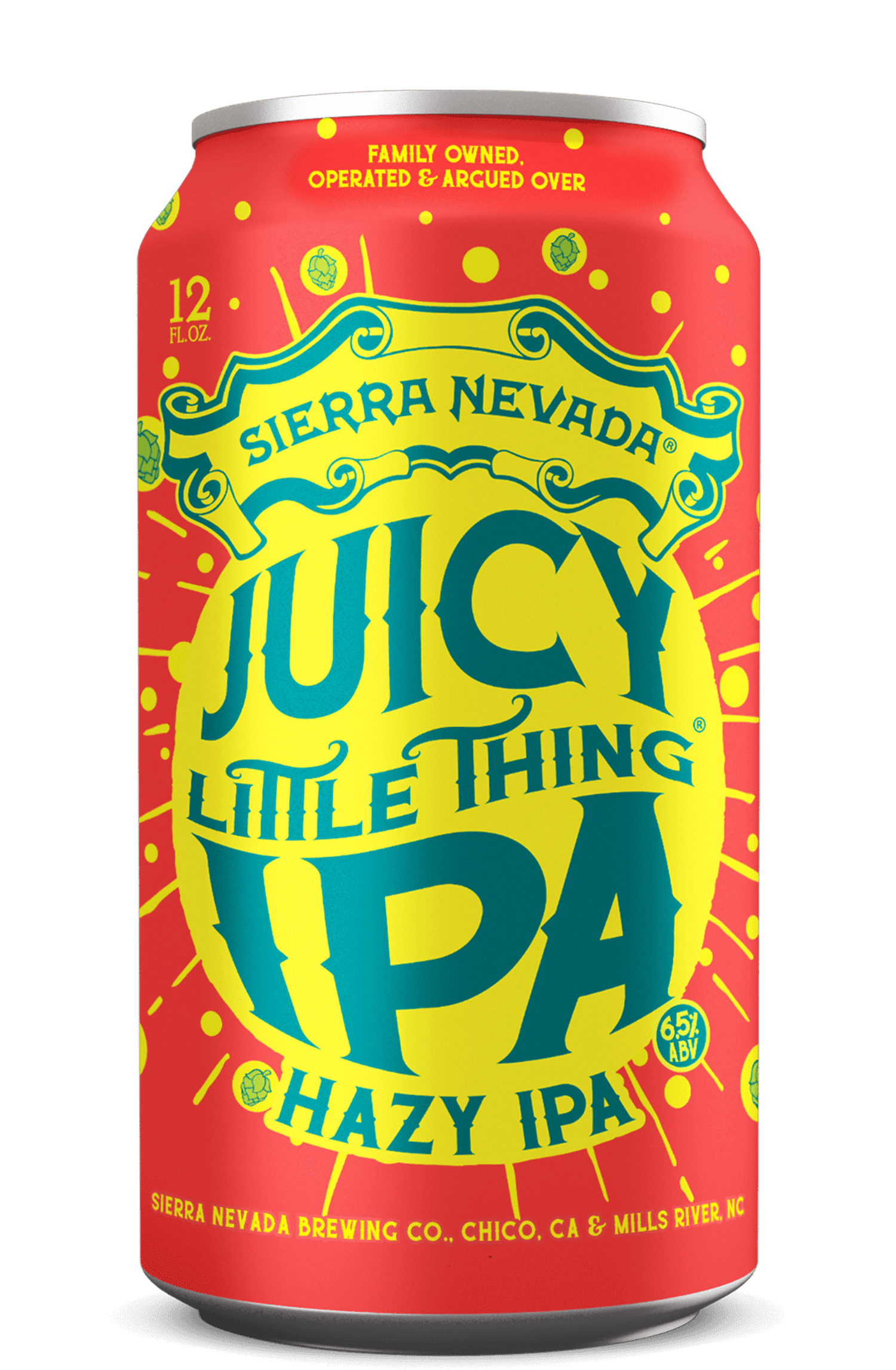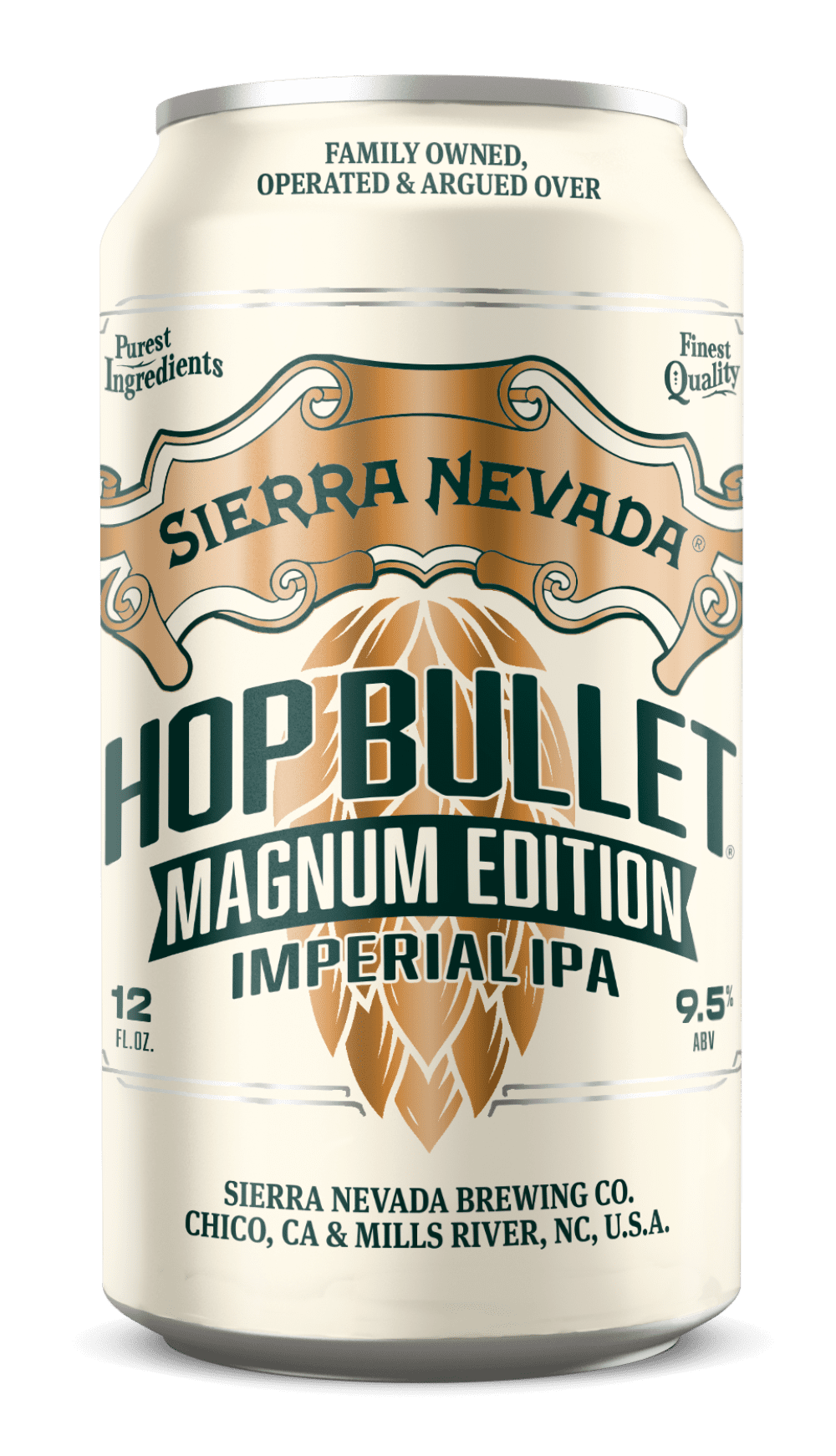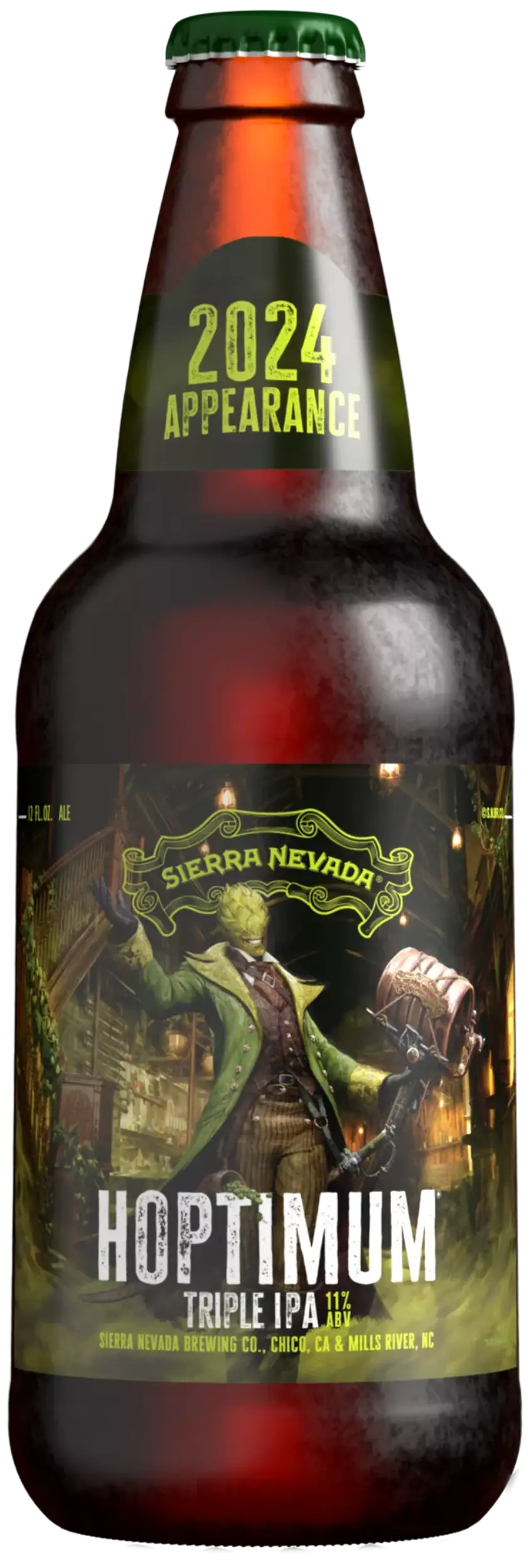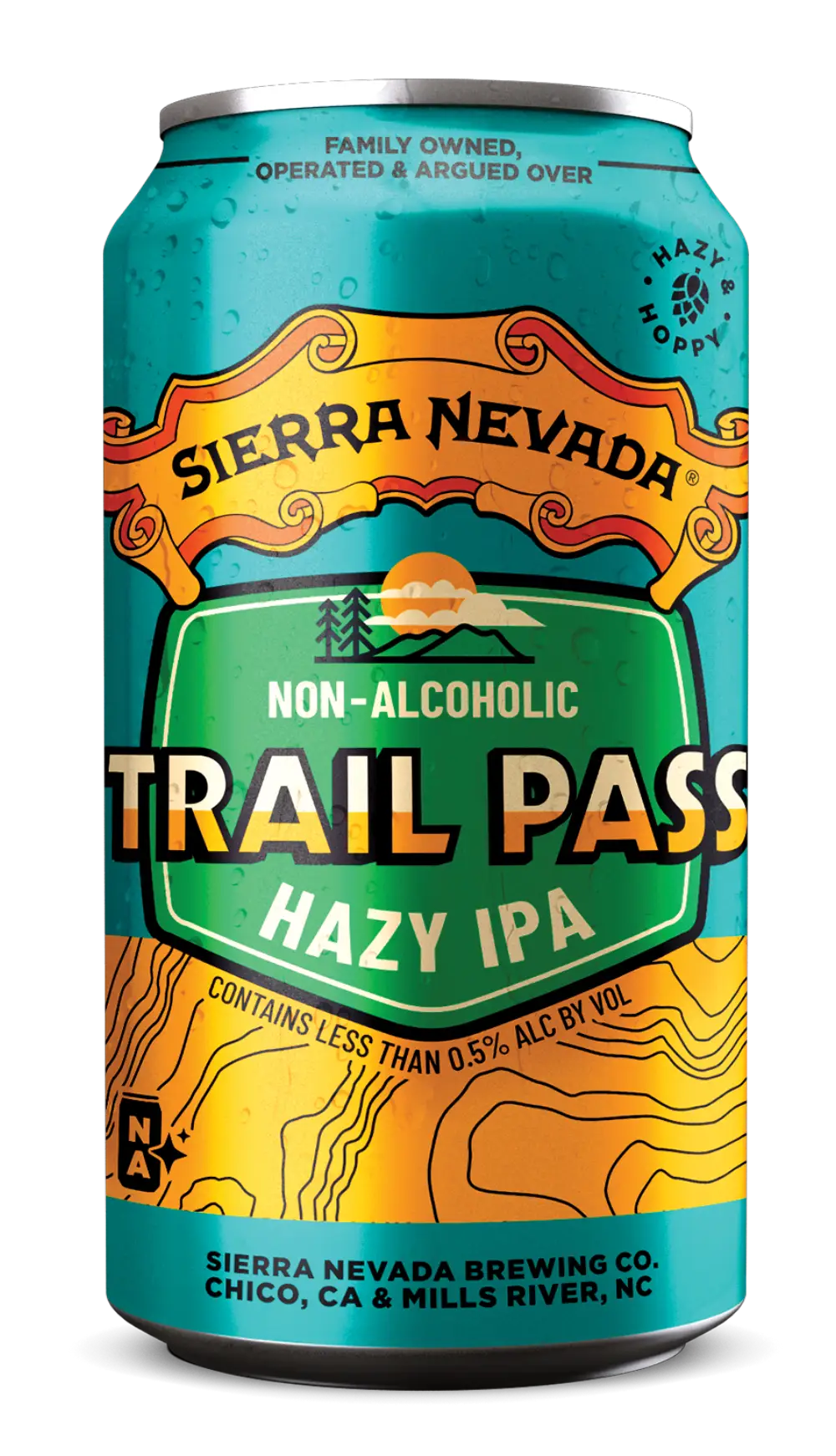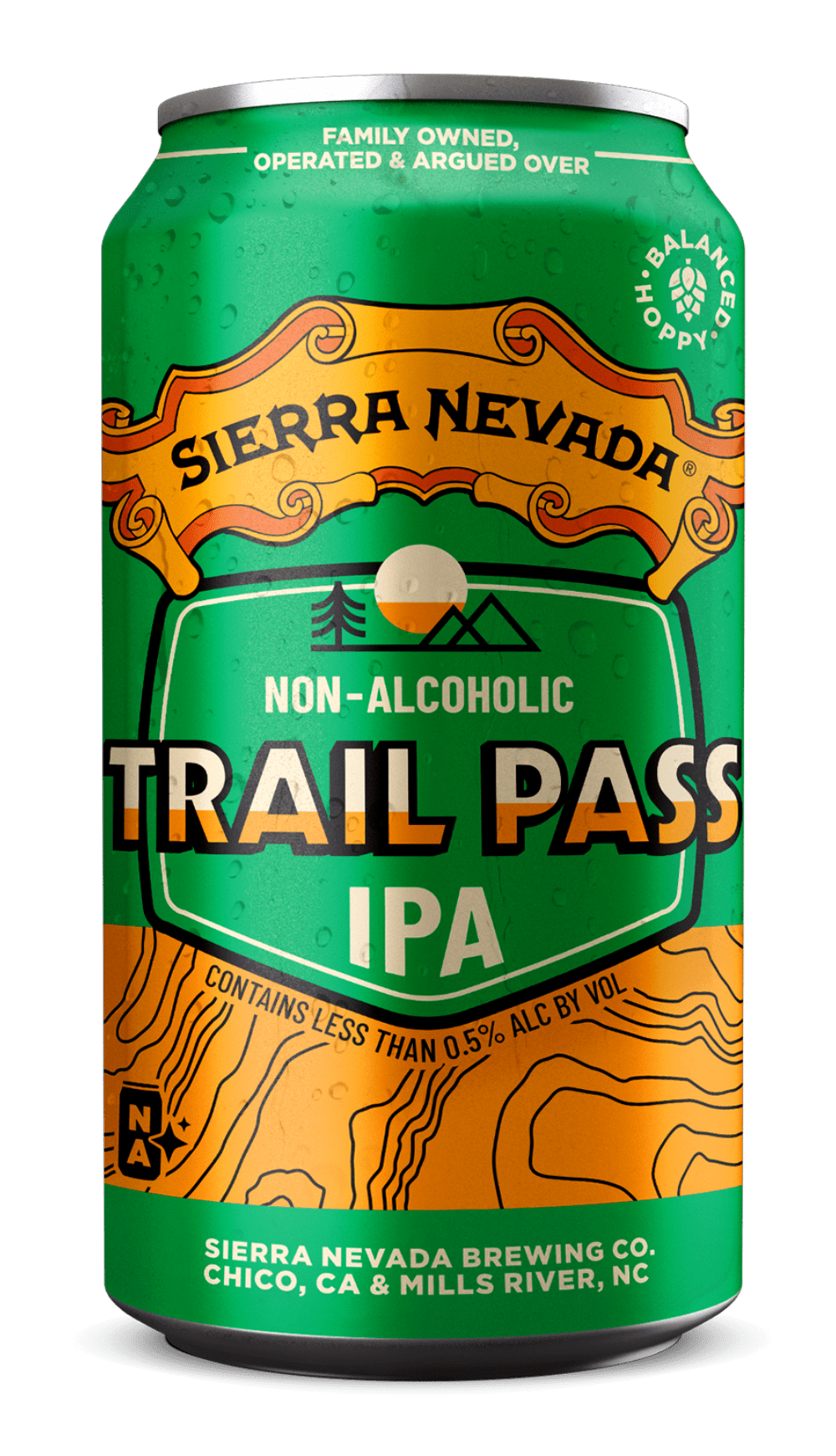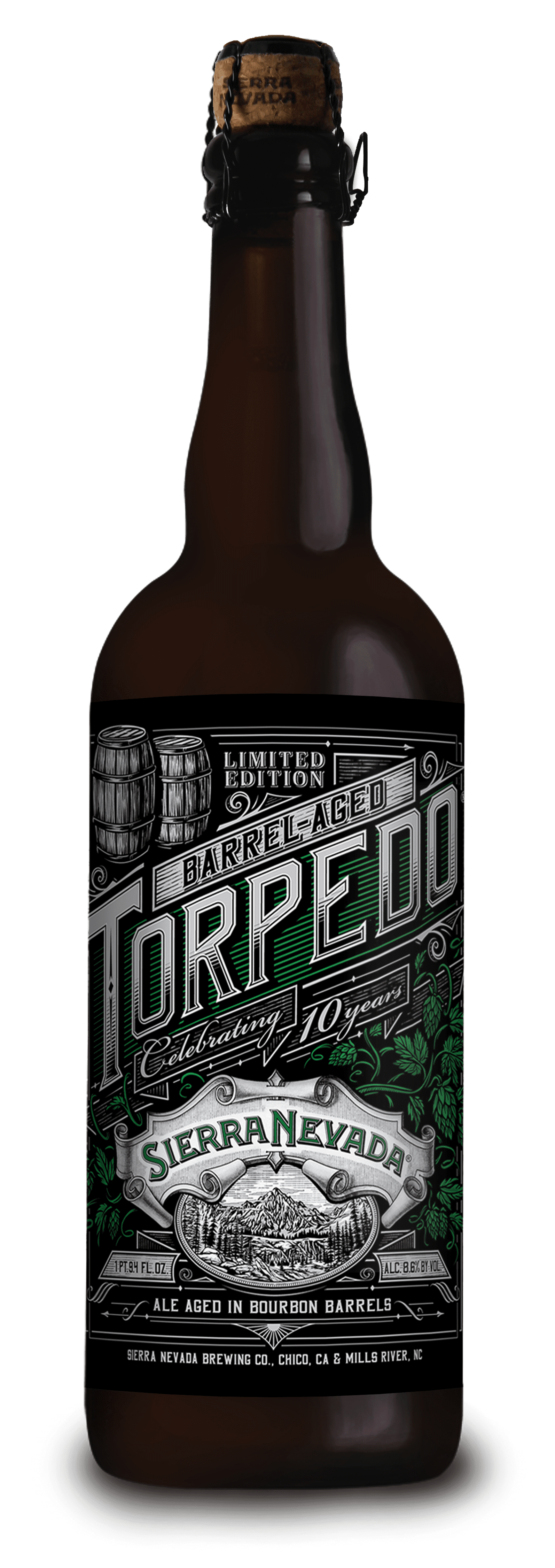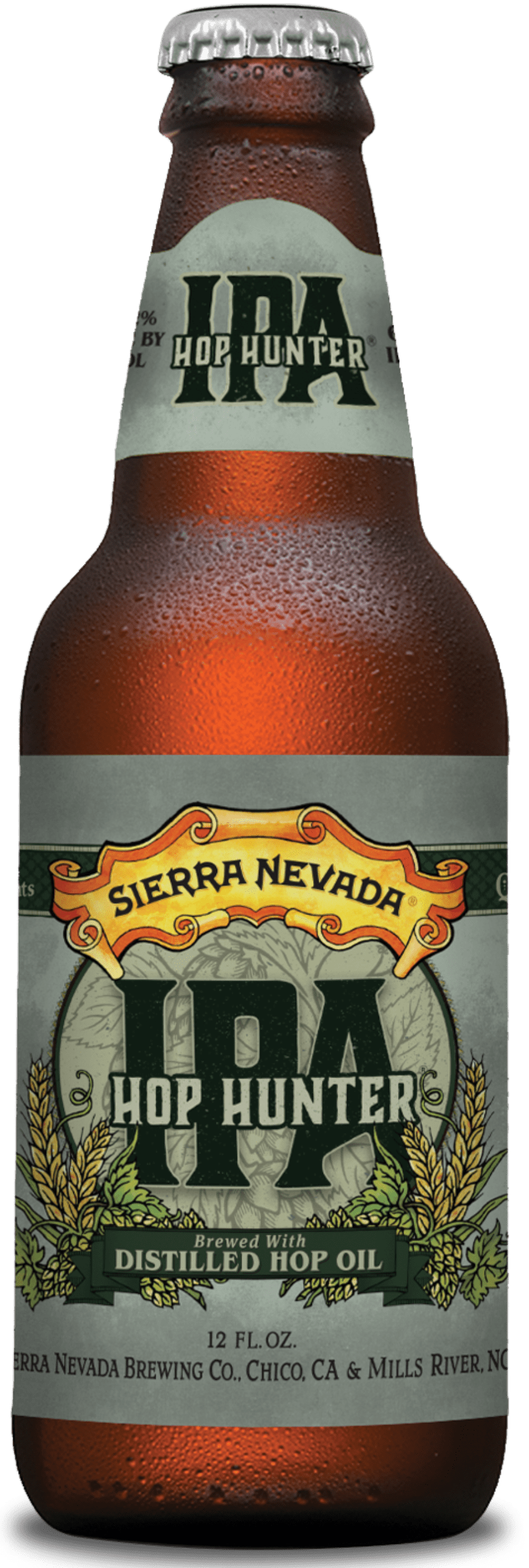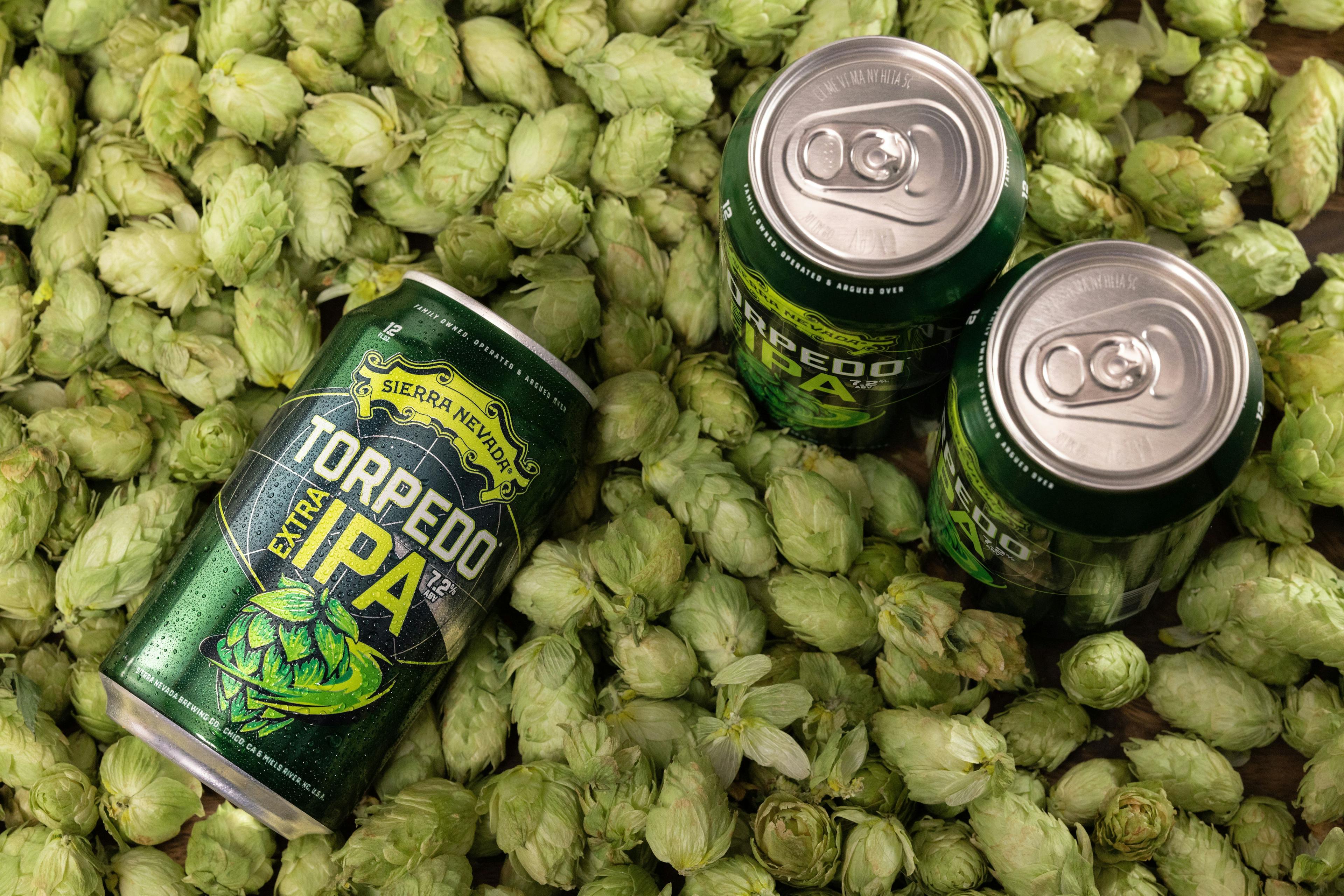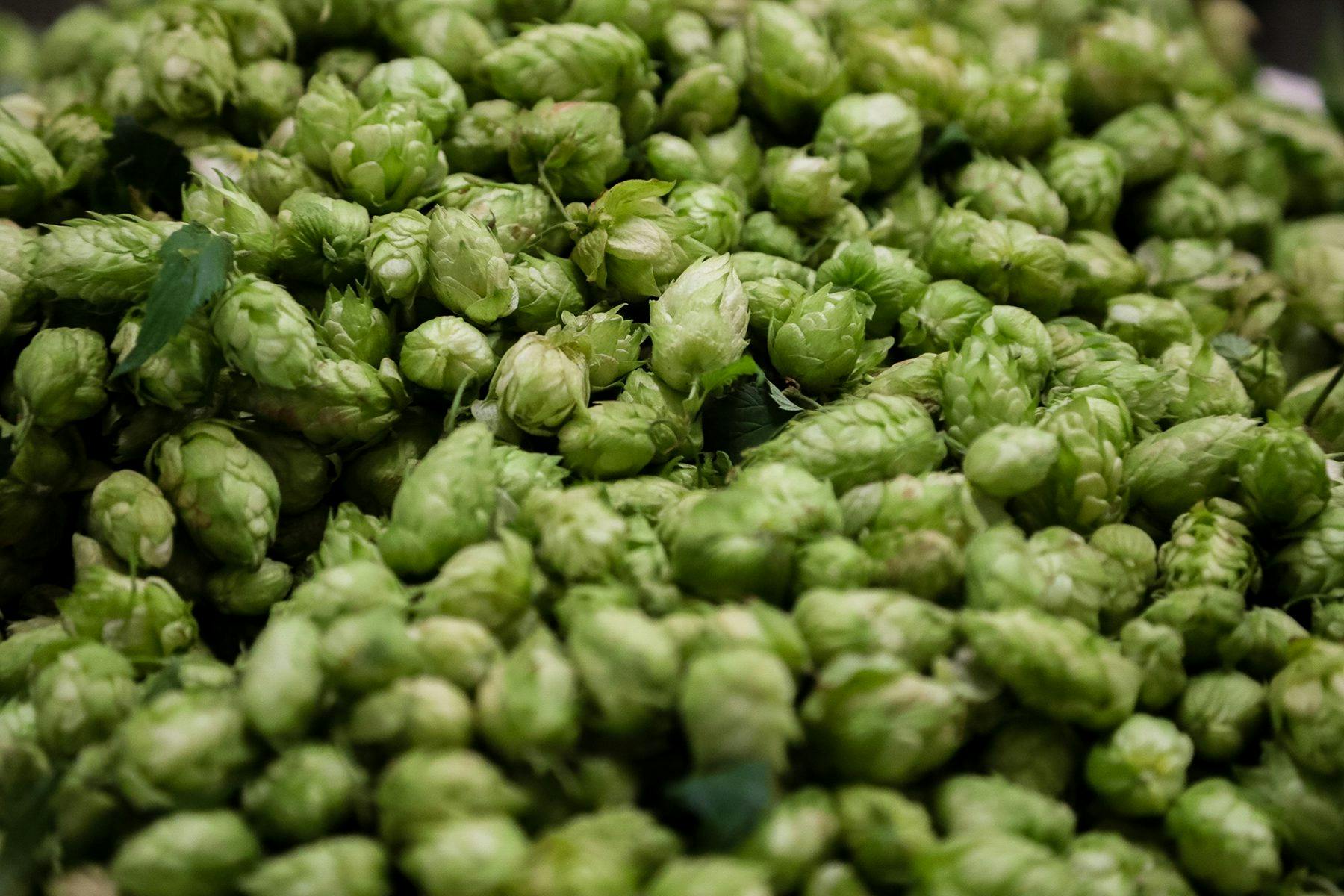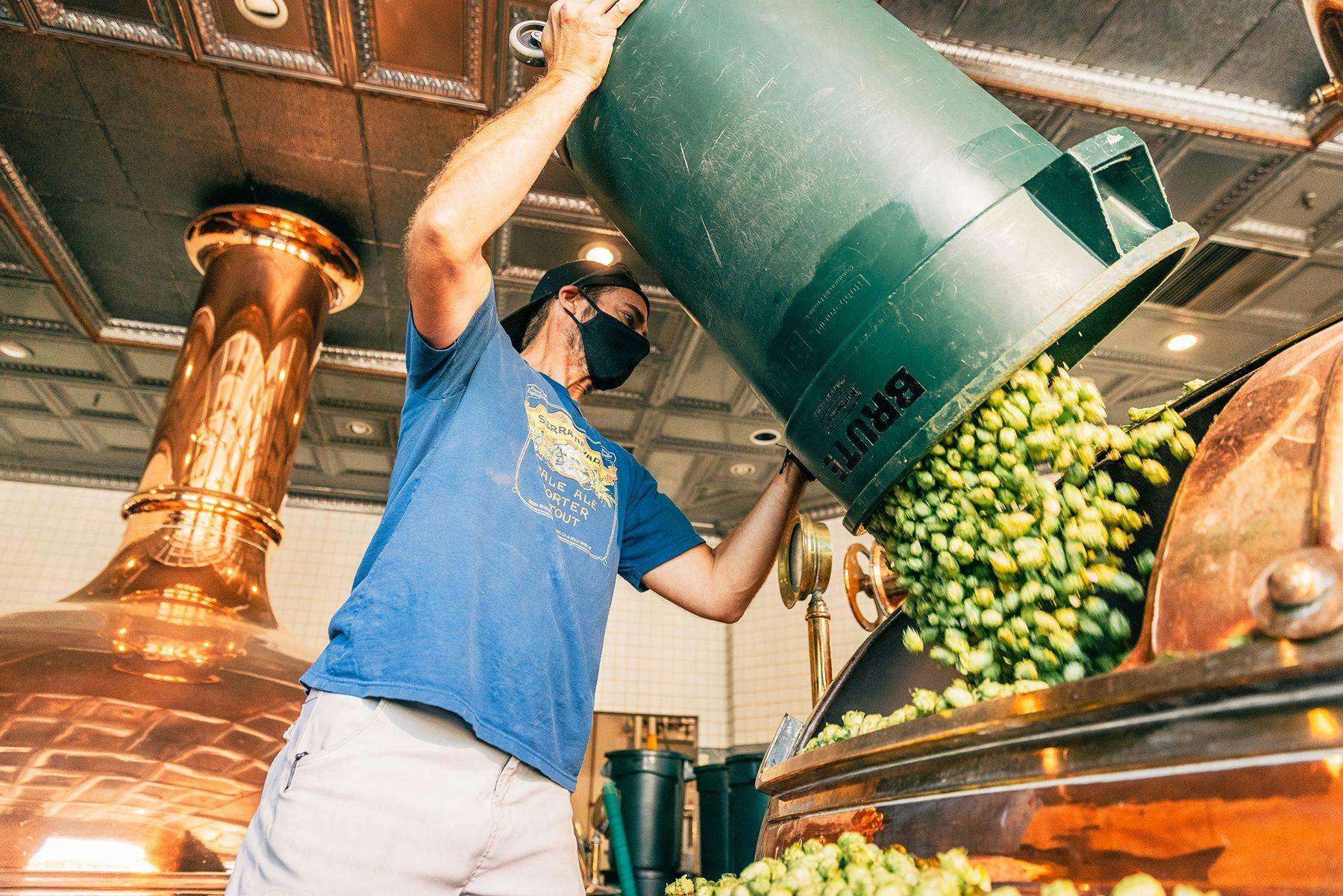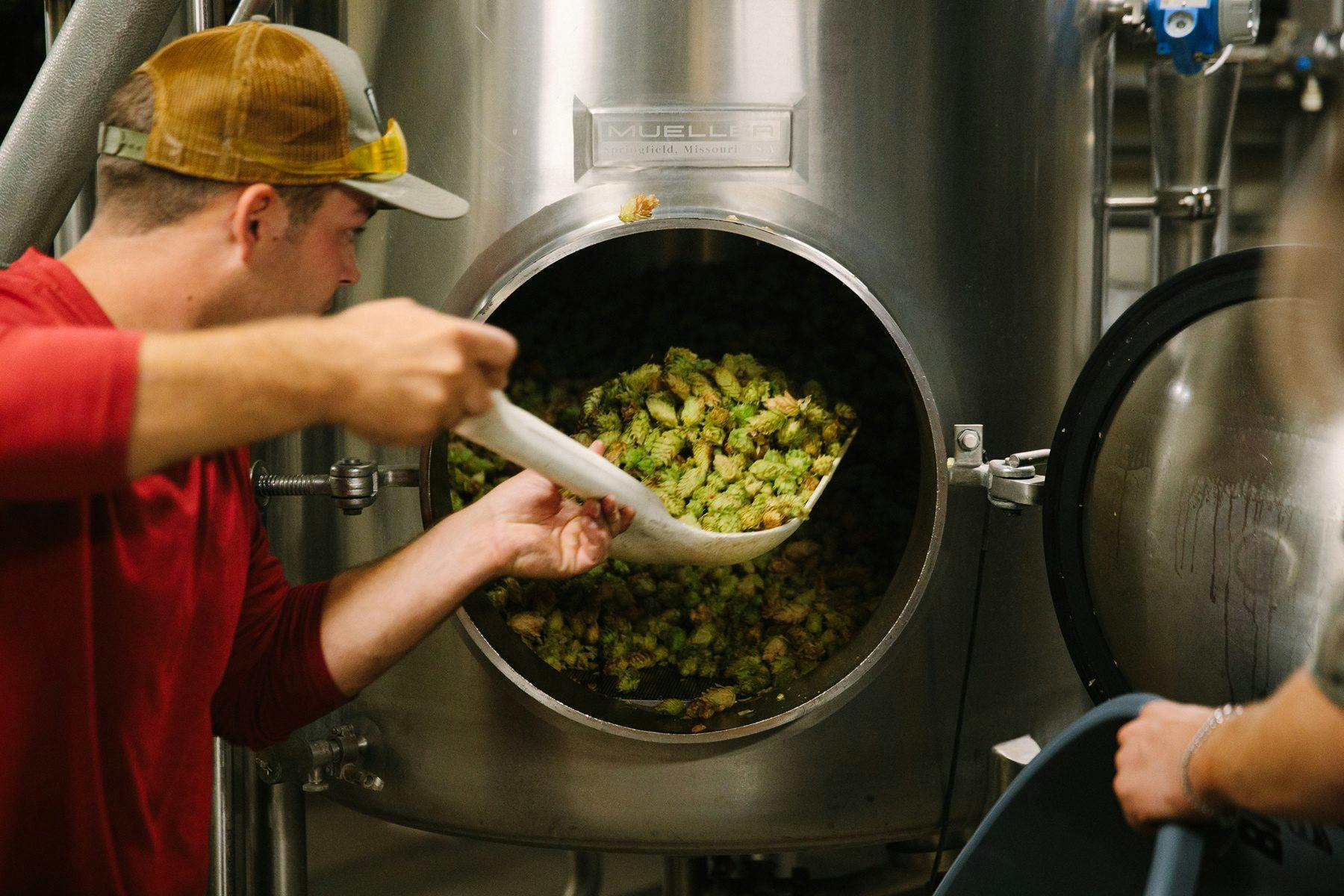What is IPA Beer?
We introduced a generation to the glory of hops with our Pale Ale, but we kept pushing the limits. India Pale Ale, or IPA, is a beer style that flaunts hop flavor above all else—from bitter and piney to smooth and juicy—with a bolder alcohol content (ABV) than a pale ale. (Substyles like “session IPA” create exceptions, but we’re not here to split hairs.) Today, Sierra Nevada IPAs represent a constant hop exploration, and the lineup includes double IPAs, imperial IPAs, and more.
THE QUICK HISTORY OF INDIA PALE ALE
During the 18th century, a best practice emerged among British brewers who exported beer: extra hopping could help maintain flavor and freshness on long ocean journeys. Hops, it turned out, contain compounds that prevent spoilage. Shipments increased, taste for hops grew, and essentially what emerged among the various beer styles was a pale ale made for the East. In time the moniker “India Pale Ale” surfaced and stuck.
IPA has evolved a lot since then, and it’s worth noting that English-style IPA differs from its American counterpart. Stateside we’ve come to emphasize hop intensity, whereas English brewers historically weave in more pronounced malt character and use subtlety with hop aroma and flavor.
Today, IPA has a fairly broad interpretation. But at its core, IPA shines the spotlight on unique aromas and flavors only hops can accomplish.
